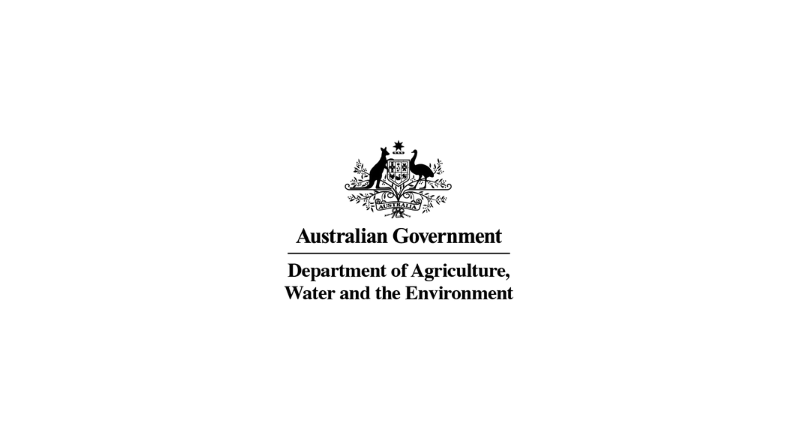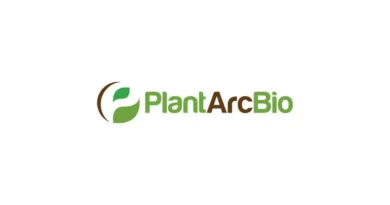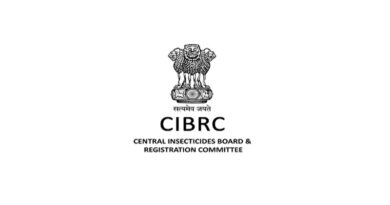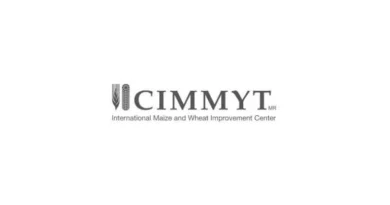Genetically Modified Organism Herbicide Tolerance Trait Review
03 February 2022, Australia: After almost 20 years of GM cropping experience with cotton and canola in Australia, it is timely to consider issues associated with herbicide-tolerant traits, weed resistance and changes in weed management measures. As part of 20 years of operation of the Gene Technology Act 2000, the Regulator commissioned a report to provide advice on genetically modified organisms (GMOs) (crops) containing multiple herbicide tolerant traits and impacts on herbicide use, herbicide tolerance and herbicide resistance management issues in Australia.
Background
The Gene Technology Regulator (GTR) has specific responsibility to protect the health and safety of people, and to protect the environment from any risks posed by gene technology.
The Regulator is not responsible for:
- assessing risks associated with herbicide use;
- monitoring of herbicide resistance and resistance management; or
- recommending spray regimes that may be associated with the cultivation of a GMO with multiple herbicide tolerant traits.
However, this raises the question of how those risks are being assessed and managed. Are other existing regulatory frameworks adequately accounting for such issues, or are these being managed independently of the regulators through mechanisms such as industry stewardship programs? Do stewardship programs complement regulatory considerations or focus on broader sustainability objectives?
Ideally the decision to release a GMO with multiple herbicide tolerant traits into the environment should be considered within a framework that integrates both regulatory and non-regulatory approaches.
The GTR sought expert advice on the pros and cons of single GMOs containing multiple herbicide tolerant traits to contribute to an effective, integrated “framework” approach. The relevant issues that the expert consultant considered were as follows:
- What are the current agronomic practices for weed management in genetically modified (GM) crops containing multiple herbicide tolerant traits?
- Is there any evidence to suggest that growing GM crops containing multiple herbicide tolerant traits increases weediness or herbicide tolerance in weeds locally or internationally?
- How do existing regulatory requirements and assessments account for herbicide resistance, including in non-target species or volunteers?
- Roles and responsibilities of commonwealth regulators and state and territory weed/land management legislation and programs, as well as industry groups.
- Who provides advice on spray regimes associated with a new herbicide tolerant GMO? What is considered in developing that advice?
Executive Summary – Genetically Modified Organism Herbicide Tolerance Trait Review
Full report – Genetically Modified Organism Herbicide Tolerance Trait Review
Findings
The report examined the regulatory, industry, technological and agronomic practices which surround the use of herbicides and herbicide tolerant crops in Australia.
The report highlights the importance of maintaining regulatory independence, public transparency and a science-based risk management approach. These are critical for enabling new herbicide tolerant technology to be assessed for integration into changing and improving sustainable farming systems. It is important that Australia has a regulatory framework that builds confidence and certainty from investment in new technology.
Dialogue and formal engagement with the plant science sector and industry producers as well as state governments and the public, is an important part of the regulatory landscape.
Long-term sustainable use of GM and non-GM herbicide tolerance traits within Australian farming systems provide flexible crop rotation choices. Currently regulators only consider individual traits or herbicide uses when assessing risks and approving organisms or pesticide uses. However, to maximise the use of technology, industry feedback mechanisms into regulatory processes may help manage strategic farming systems issues.
The report also identified a need and opportunity for improved strategic regulatory guidance on crop herbicide tolerant stewardship for volunteer crop control.
Options highlighted in this report are intended to build on the established expertise, capability and processes already in place and successfully in operation.
Summary
Options presented include:
- Broadening the role of existing strategic expert stewardship groups
- Establishing a new commodity specific or related cross industry strategic expert stewardship group
- Risk management options for stacked trait herbicide tolerant crop volunteers
- Assessment of trade and market access issues arising from
- herbicide residues on stacked GM and non-GM herbicide-tolerant crops and
- chemicals used to control volunteer crops
About the report
The report was prepared by Dr Rohan Rainbow, Managing Director of Crop Protection Australia. It was peer reviewed by industry and regulatory experts before being finalised and published by the OGTR.















